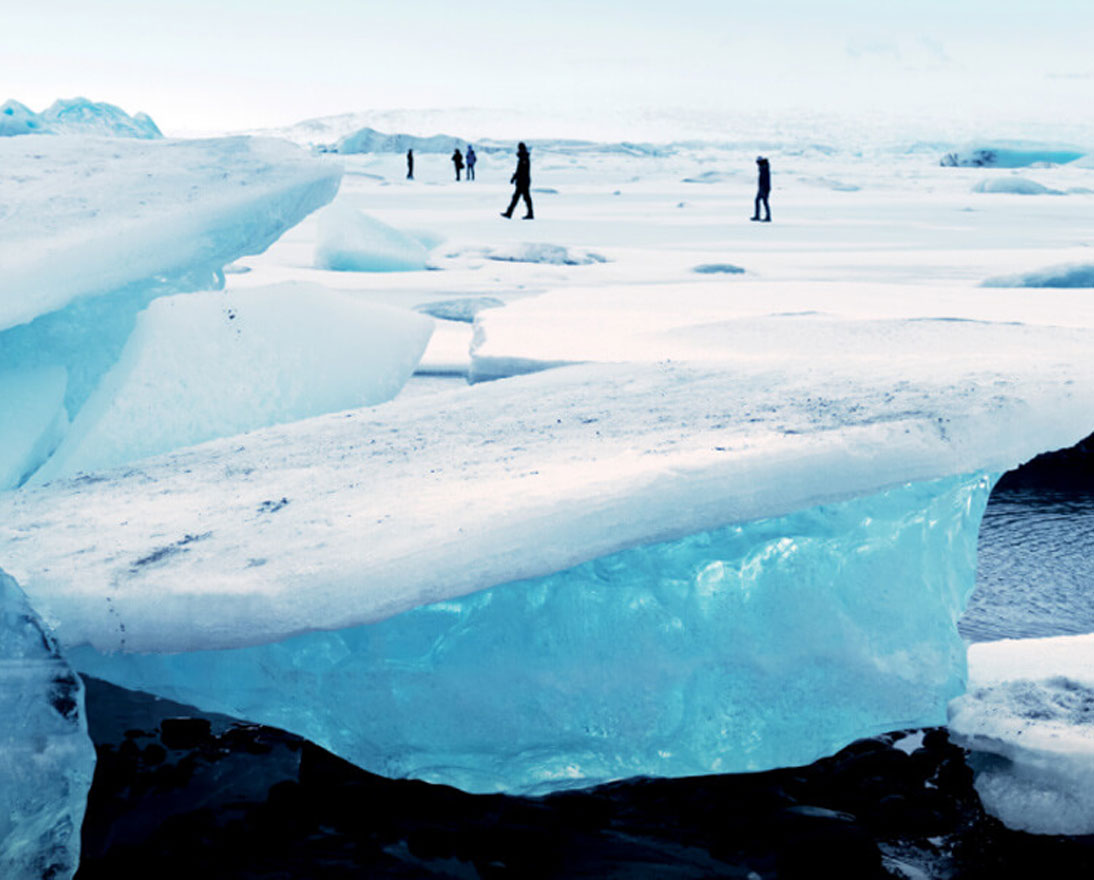Should we worry about space invaders or is the risk closer to home?
Risk Management in FocusArticleSeptember 25, 2018
As a long hot summer ends, the threat of climate change is top of mind – rising temperatures, droughts, wildfires. A sign of things to come?
Unfortunately very likely yes with the last two years recording the highest average temperatures ever seen and this year looking as if it will contend for another record. But what about the less obvious – the threat we may see from invasion? Not of little green men from Mars but from our very own flora and fauna and the microorganisms that live on this planet.
Research suggests that climate change may increase the ability of invasive species (non-native species which have a negative impact on the environment) to thrive and wreak even more havoc on our waters, our agriculture and human health generally. Rising temperatures could increase the growing season for many invasive species, allow for more geographic dispersion, and, while research is not conclusive, invasive species (noxious rangeland weeds, for example) can have a significant economic and human cost – by altering the grazing patterns of livestock, depleting soil moisture or even increasing wildfire intensity. The interconnected nature of risk means that crops producing lower yields of livestock feed require changes in land use, including accelerating deforestation to ensure food supplies, with the consequent reduction in CO2 absorption and a vicious circle of increasing temperatures. Or, what about the risk to clean water of invasive waterweeds choking off waterways, in some instances even restricting water supply to households and depleting fish stocks? As global temperatures rise we could see even greater disruption, economic and social costs.
What about other, invisible invaders such as the microorganisms that threaten human health? We all remember the horrific Ebola virus outbreak of 2014 which still has recurring outbreaks today, with up to a 90% fatality rate making it a truly deadly disease; or Zika, which was largely under the radar until the link with fetal abnormalities was understood. Both Ebola and Zika were well known to the research community for decades before they became a serious threat to human health. So what changed?
In short, we changed. Through urbanization and deforestation, with ensuing land use changes, we have made fairly radical changes to the environment we live in without considering the associated risks. In some cases this has put humans into much closer contact with animals where diseases can leap the species (such as the case with Ebola and Lassa). Combine this with climate change and rising temperatures which have made populous areas now highly attractive for invading species and we are sadly ill-prepared for their invasion (as happened with the Aedes mosquito).
So what can we do? Well, aside from the need to push much harder to deliver on the Paris Agreement target to limit global warming to “well below” 2 degrees, we need to conduct more holistic risk management as a society, as governments, as companies and as individuals. In doing so, we will be better aware of the risks we face (or may create through our actions), which will give us the ability to identify actions to mitigate the risks (whether through prevention, early detection and rapid response, ongoing management, etc.) and an understanding of how to build the necessary resilience so we can thrive.
As a big fan of science fiction, it’s easy to imagine the most catastrophic threats to the planet come from outside our atmosphere, but the reality is that they are much closer to home.




